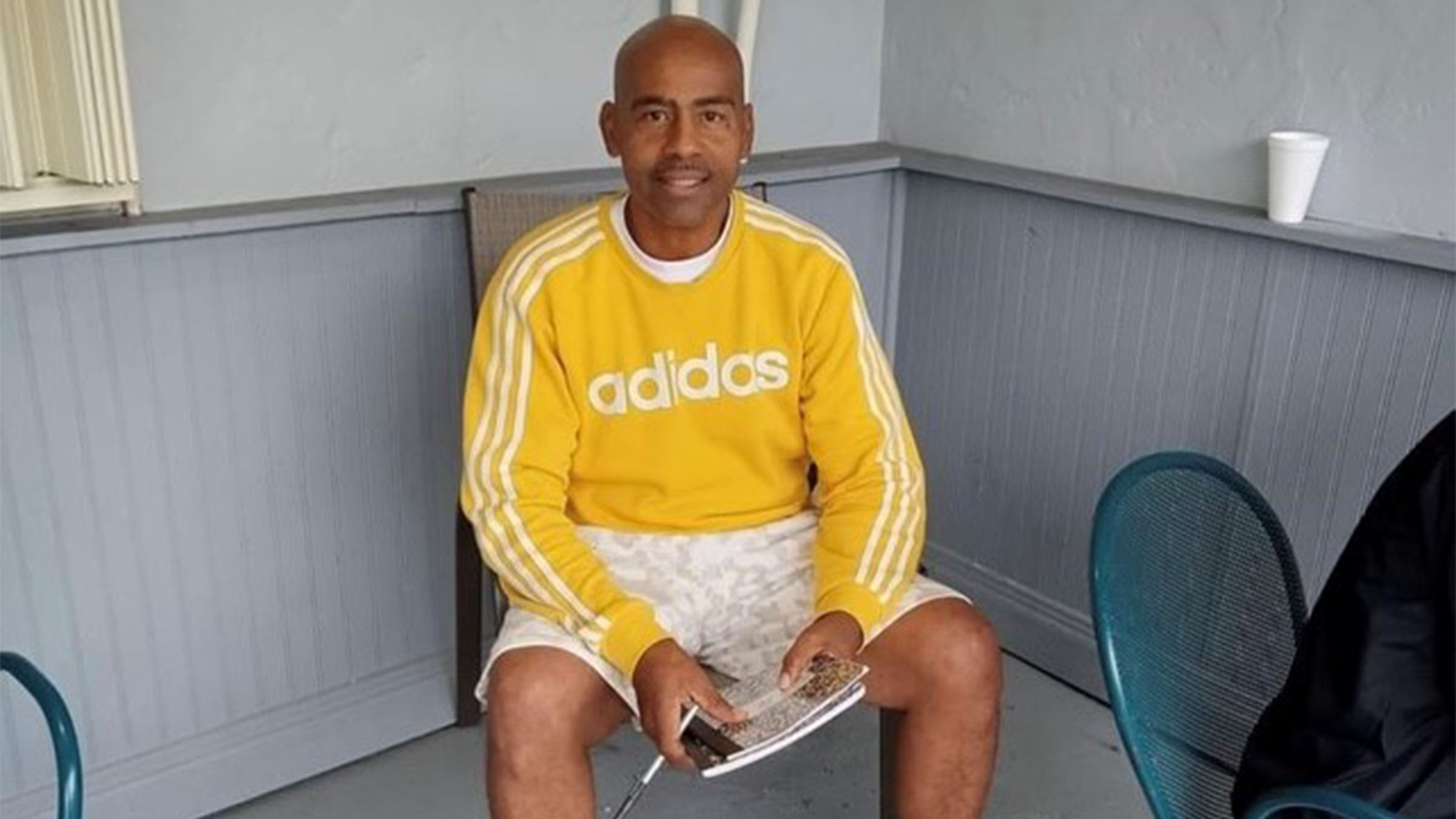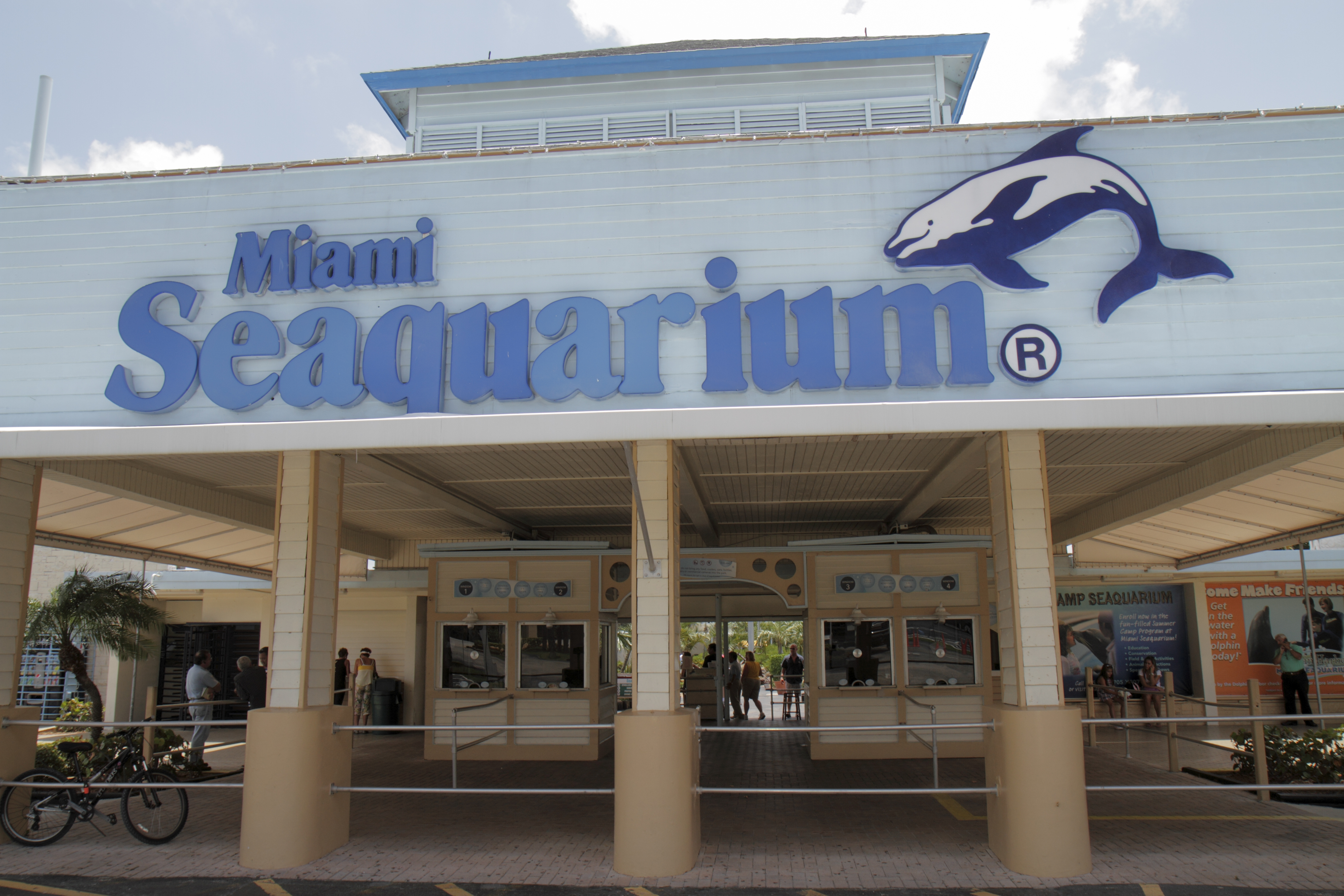There is no single pursuit policy that all law enforcement agencies follow.
For example, the Broward Sheriff’s Office does not allow deputies to chase traffic violators, whereas many other departments do allow their officers to pursue in those cases. The risk to the public must be weighed against the benefit of catching the suspect.
Wednesday’s chase ended in horrific fashion in west Broward, with the suspect crashing into a civilian car, killing an innocent person. But Broward Sheriff Scott Israel said the deputies and officers who were in pursuit did not force the suspect to drive as fast as he did.
"When the vehicles crash, there is a tape where you see the vehicles crash, and it's a while before the first police vehicle enters into the picture, so to me that would be that we're not very close and we were driving safely, so I think we used good judgment on that," Israel said.
BSO Capt. Jim Polan, an expert in critical incident response, described such situations as “obviously, risk versus benefit between law enforcement and the community.”
He said most police departments will only chase a suspect who has committed a serious felony, such as murder or armed robbery, and once the chase is on, slowing down, making the bad guy think they've given up, is sometimes the safest strategy.
"If we're not behind him he may lower the speed, we can still keep an eye on him from the sky, and we're hoping that he's gonna abandon that vehicle," Polan said.
There have been several police chases in South Florida in recent weeks. One incident earlier this week resulted in an innocent person being struck and killed by a suspect who was fleeing from police in West Perrine. A witness said she saw police chasing the suspect's truck, though police said they were not involved in a chase.
The FBI says nationally, the majority of police pursuits involve suspects fleeing from traffic stops, an average of one person a day dies in a police pursuit somewhere in the country, 42 percent of the deaths are innocent bystanders, and 1 percent of all police deaths happen in chases.
Officers know these are dangerous situations. Florida ranked fifth in the country in the latest year surveyed, 2011, for police pursuit fatalities with 16. California led the nation with 45, and Texas had 37. Capt. Polan said many factors are considered before a pursuit is authorized, beyond what the suspect has done.
Local
"We would look at the weather, the environment, look at the time of day, where it's occurring, and if we have aviation up, all of that would be used in our decision-making process," Polan explained.
For example, police are much less likely to pursue a suspect at three o'clock in the afternoon, when kids might be walking home from school, than they are in the middle of the night.
More Local Stories:



